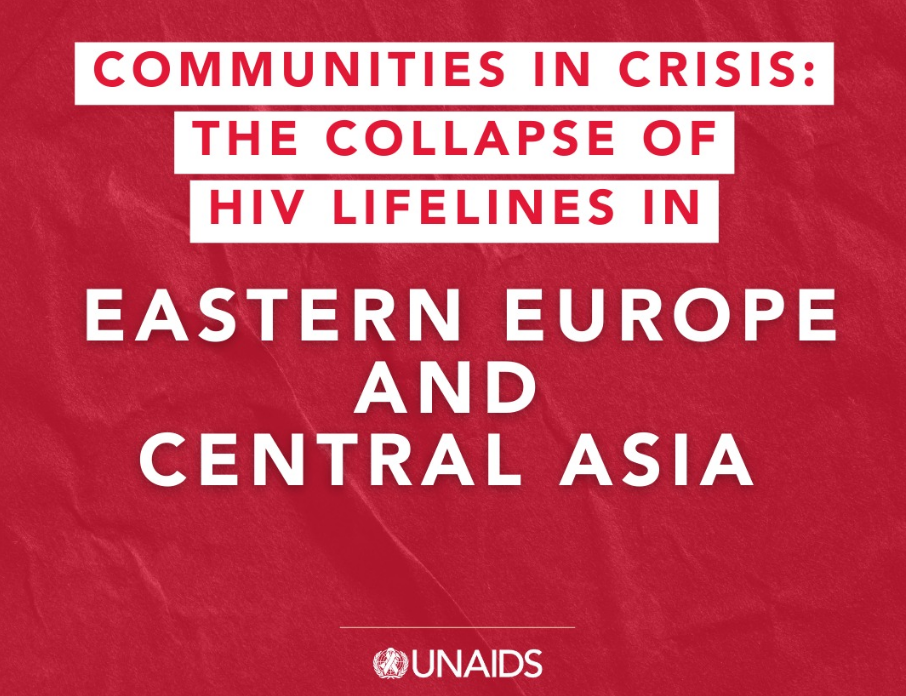A message published on the UNAIDS website highlights the consequences of the US government's freeze on funding for HIV programs. This crisis has affected hundreds of civil society initiatives across Eastern Europe and Central Asia (EECA) that provide support to people living with HIV and members of key populations.
 In the EECA region, where 94% of new HIV infections occur among key populations and their partners, community-led support is the foundation of an effective response to the epidemic. However, most EECA countries have yet to integrate community-based services into their national health systems.
In the EECA region, where 94% of new HIV infections occur among key populations and their partners, community-led support is the foundation of an effective response to the epidemic. However, most EECA countries have yet to integrate community-based services into their national health systems.
Ukraine
Ukraine, previously a regional leader in transitioning from donor to domestic funding for HIV services, has been forced to reverse course due to the war. The country is now fully dependent on international assistance. Currently, the US Government supports antiretroviral therapy (ART) for 92,840 people, accounting for 78% of all patients receiving ART in Ukraine. Although the continuity of ART supply has been confirmed, the wider impact of reduced funding is already being felt. In particular, "100% Life" - the largest patient organization in Ukraine providing comprehensive support to people living with HIV - expects to lose a quarter of its workforce due to the loss of resources.
Tajikistan, Kazakhstan, and Uzbekistan
In Tajikistan, US funding enabled the operation of support groups for women and families with children living with HIV, as well as expanded access to HIV testing and PrEP programs. In Kazakhstan, HIV prevention programs, community-led services, and training for healthcare workers in two regions are now under threat. In Uzbekistan, although there was no direct US funding for HIV programs, the closure of US-supported initiatives in civil society development and human rights advocacy has seriously hindered the activities of organizations working on HIV-related legal reforms and anti-discrimination efforts.
-
Regional networks engaged in harm reduction, HIV decriminalization, and reform advocacy are also facing the serious risk of closure due to funding shortages.
Emergency mitigation measures are underway, including the reprogramming of international funds and new partnerships—such as emergency support from the Deutsche AIDS Stiftung for grassroots organizations in Ukraine and Tajikistan—but these are stopgap solutions. They cannot replace long-term, strategic investment.
As Ganna Dovbakh of the Eurasian Harm Reduction Association stated: "This is not just a financial crisis. It is a crisis of global values and priorities. Right now, the future of our dignity, health, and human rights is uncertain."
UNAIDS calls for:
- Donors – to ensure emergency support for community organizations.
- Governments – to integrate and co-finance community services as part of national health strategies.
- International partners – to continue advocating for inclusive, rights-based approaches to the HIV response.
Source (UNAIDS): Communities in crisis: The collapse of HIV lifelines in Eastern Europe and Central Asia
